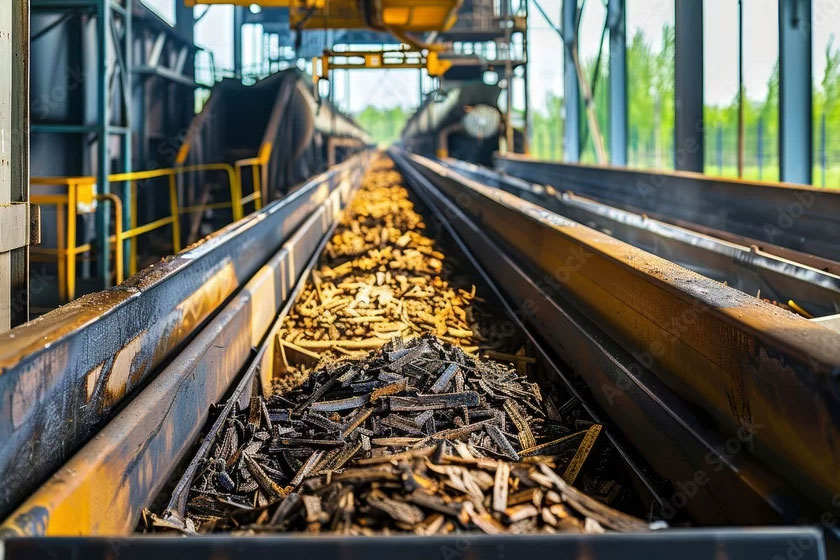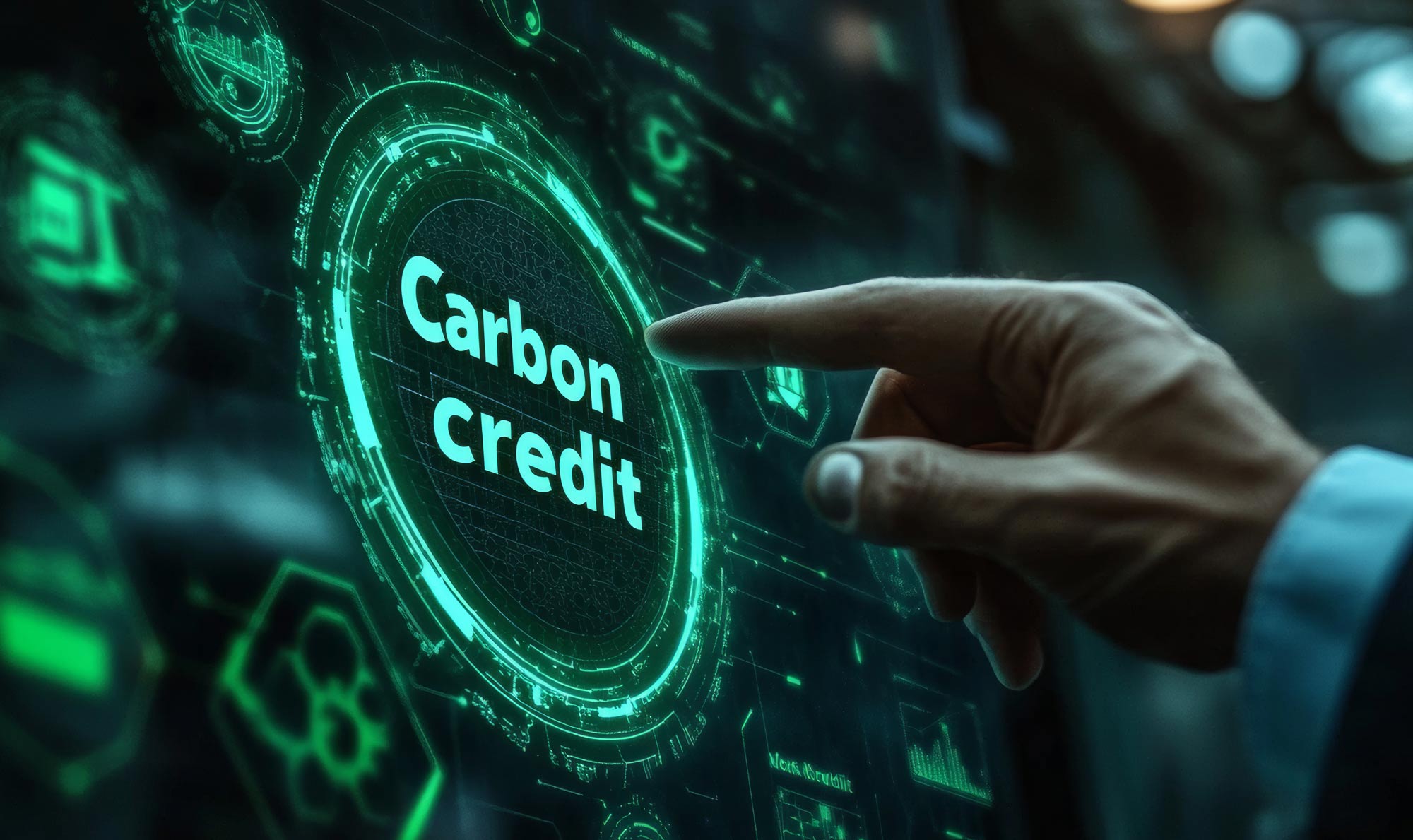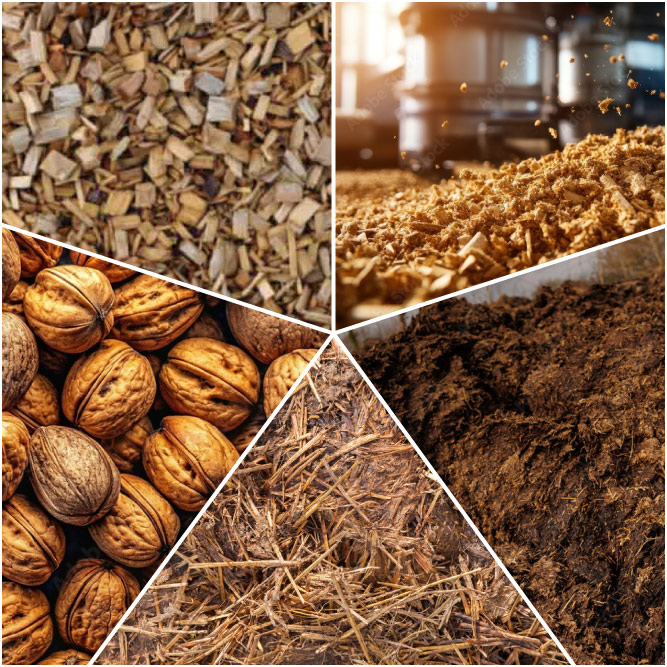Biochar Production (Pyrolysis)
& Profit from Carbon Credits
Biochar Production via Pyrolysis or Gasification

生物碳可由一系列農業原料製成,例如木材、堅果、貝殼、糞便、糞肥、稻草和秸稈,所有這些原料都能為此過程做出貢獻。其結果是一種可用、可銷售的產品,在全球的需求量與日俱增。
通過熱解或氣化生產生物炭是當今最簡單、最可測量且最具成本效益的碳捕集與封存 (CCS) 方法。生物炭生產過程中會產生 350 到 900° C 的大量熱量,如果不在過程中重新使用,這些熱量通常會流失到環境中。當重新使用或轉換為可用電力時,捕獲和使用這些熱能可為您的營運增值。 營運成本可以規範化且可預測。 由於能源僅與熱量相關,而不取決於電網公用事業的價格,因此運營中使用的能源成本可以隨著時間的推移而降低、平穩且可預測。 最後,現場無碳發電可提高碳清除信用額度 (CDR) / 碳信用額度的質量。
Generating Electricity from the Biochar Process
損失在空氣中的熱量可以被收集並利用來產生電力。這些電力可直接用於您的營運,以降低營運成本,或以其他方式使用。通過捕捉這些排出的熱量,生物炭生產商可以從其現有的生物炭製程和原料中獲得更多價值。ElectraTherm 裝置提供了一個非常簡單的選擇來捕捉和利用生物炭熱量,然後將能量轉換為每台裝置 75-250 kW 的電力。一旦產生電力,即可輕鬆用於企業的任何應用。
我們的 電源模組75 利用有機朗肯循環 (ORC) 和公司專利的比澤爾半封閉雙螺桿膨脹機/發電機組合,從各種低品位廢熱源產生無燃料、無排放的電力。我們的 Power+ 發電機是我們的熱能轉電力解決方案,其設計目的是利用低溫熱源產生清潔電力。該 電源+發電機 也可兼作熱電聯產 (CHP) 機組,除了發電之外,還可產生高達 85°C 的可用熱能。
這種利用生物炭廢熱發電的應用非常有效率,並能充分利用減少廢棄物的基本原則。它最適合在固定地點的設施中進行生物炭處理的固定應用。

Generating Carbon Credits from the Biochar Process
有機原料來源如木材、堅果、貝殼、糞便、糞肥、稻草和秸稈等含碳量都很高 - 在 60-80% 之間。由於它們是可再生資源,而且生長速度相對較快,因此是碳捕集的良好解決方案 - 這對農民和生物炭生產商而言都是一個日益增長的商機。
生物炭作為一種產品,是一種工業規模的商業解決方案,可以進行碳封存。由於原料(如稻草、草、堅果殼、糞便等)廣為人知,且大量生產,因此生物炭碳信用額的價值相當具有吸引力。這種經濟循環相當健全,因此不難找到專門銷售生物碳碳信用額的經紀商。
通過生物炭除碳的一個好處是它是永久性的。一旦碳被植物捕捉並加工成生物炭,它就會變得非常穩定和持久。它在發達國家和發展中國家都有許多用途。
從生物碳中獲得碳信用額的標準一般包括:
- 使用可持續的生物質
- 生物炭熱解設備
- 銷售生物碳的市場
- 向碳信用管理機構註冊,或由經過認證的專業人士為您管理註冊流程

The Market for Biochar Carbon Credits
“Demand for biochar carbon credits has doubled each of the last two years, with prices trading consistently over USD100/metric tonne of carbon dioxide equivalent. The latest modeling by MSCI Carbon Markets suggests demand for this project type could grow 20-fold over the next 10 years.”
—Report from investment advisors MSCI
生物碳在市場上被視為一種碳清除技術,通常稱為碳捕集與封存,或 CCS。由於政府的強制要求,CCS 的市場持續增長,生物炭碳信用額市場的經濟性自然也會隨之增長。生物碳作為一種產品,本身就具有足夠的效益。如果再加上生物炭生產商可獲得碳信用額度,則商業模式將更具吸引力。
根據 MSCI,生物碳碳信用額的價格在 $100-200 美元之間。與其他市場一樣,價格會有所不同。生物碳的一個有益方面是,它可以用多種原料生產。作為生產者,獲取成本較低的原料是您實現財務和生產目標的另一個變數。
The Market for Biochar as a Product
Inherent to every biochar pyrolysis system is the presence of a high temperature operation, often exceeding 700°C, which makes it ideal opportunity for waste heat recovery power generation. This is true whether the feed stock in question is agricultural biomass such as rice hulls, sugar cane fiber (also called bagasse), or tree nut hulls, other biomass such as timber, logging, lumber, or tree service “slash”, or biosolids related to large scale animal lots such as poultry litter, or swine and beef waste lagoons.
根據 Fortune Business Insights 的資料,2024 年全球生物炭市場的規模為 $7.63億美元,預計到 2032 年將成長至 $21億美元。可再生能源法規將生物炭視為碳捕集和下游收入的可擴展市場。生物碳可以單獨使用,也可以作為園藝產品的成分。
生物碳作為一種產品,已經在發達國家和發展中國家的經濟體系中得到了廣泛的應用。
- 土壤健康: 農業、花園、景觀美化、草皮、樹木、園藝、堆肥
- 環境:環境整治、侵蝕控制、濕地、減少臭味
- 水:雨水過濾、水處理、功能化炭、三維氣凝膠
- 林業: 減少野火燃料、重新造林、生長介質、重新植被
- 碳纖維碳封存、碳信用額、可再生能源抵銷
來源: 美國生物碳倡議
Adding waste heat recovery power generation
to a pyrolysis application provides multiple benefits
碳信用值
如今,幾乎所有生物炭業者都在尋求利用與碳去除相關的金融機會,也稱為透過自願性碳市場 (VCM) 提供的 CDR 信用。透過廢熱回收進行能源生產代表著透過降低商品的碳強度來提高最終生物炭產品的價值的機會。
監理合規
廢熱發電有助於減少碳排放稅,並且有利於滿足即將到來的合規要求,例如歐盟碳去除框架(ECRF)。
高科技熱能利用
許多最受尊敬的碳信用認證組織建議或要求利用廢熱,以符合「高科技」熱能操作的資格。利用 ORC 發電將廢熱轉化為電能,既能滿足營運的電力需求,又能減少其排放量,從而滿足了這項需求。
降低營運費用
透過減少(或幾乎消除)熱解操作期間對碳基電源(例如來自市政電網的電力)的需求並將其替換為無排放發電,整個系統的運營成本就會降低。
提高生物炭的價值
以最碳友善的方式生產的生物炭將在開放市場上更具吸引力,因為高價值的「承購商」尋求從最環保的供應商處採購生物炭。因此,結合廢熱發電的熱解系統所產生的生物炭的需求將會更高。





